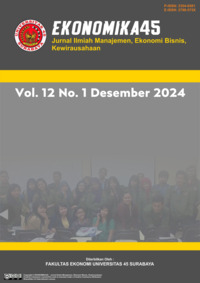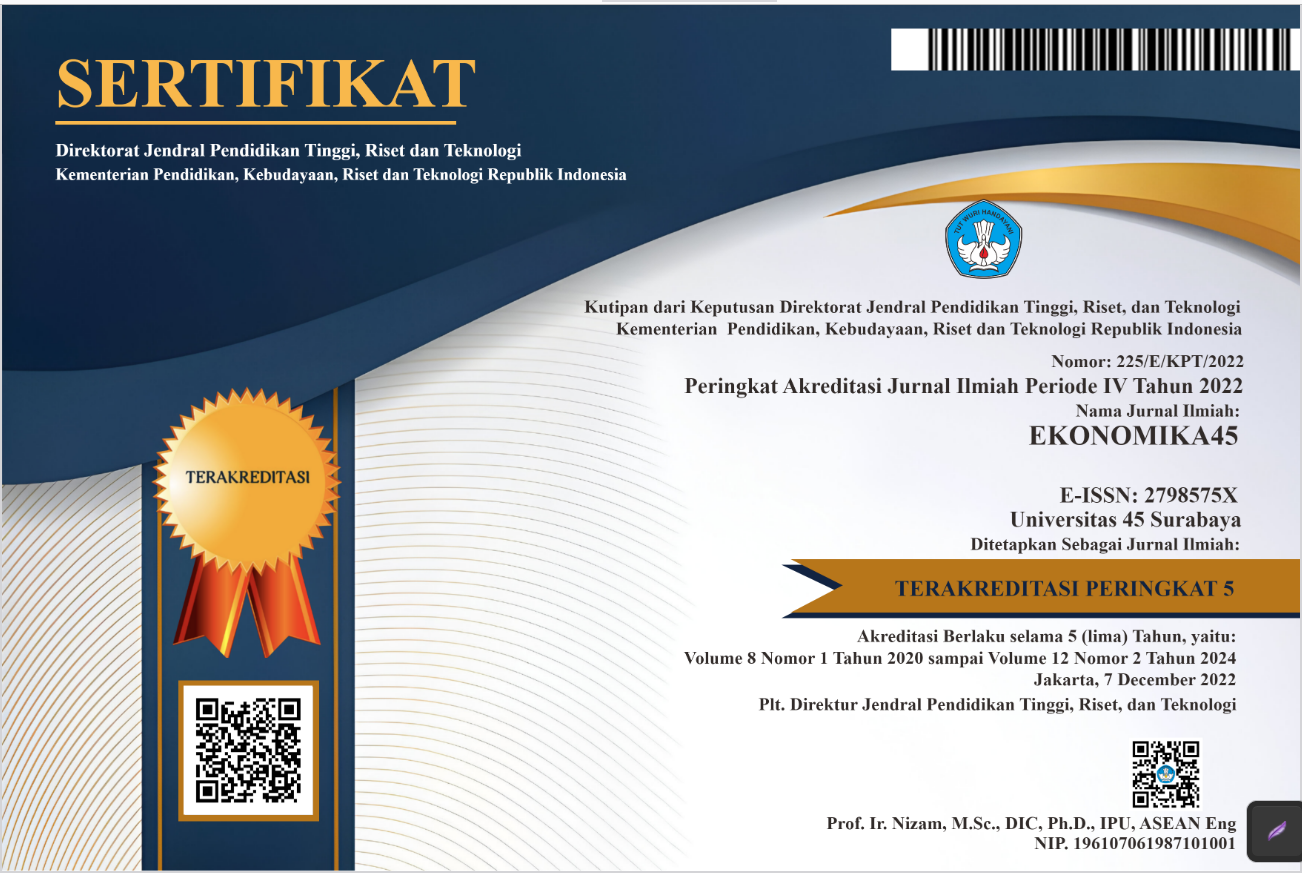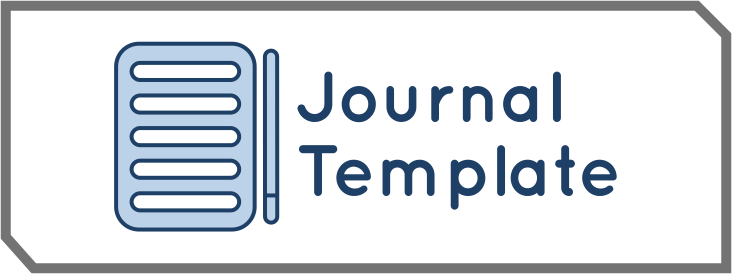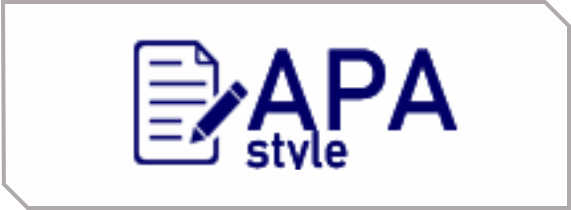Kerangka Kerja Untuk Menganalisis Praktik Akuntan Publik Sebagai Institusi Sosial
DOI:
https://doi.org/10.30640/ekonomika45.v12i1.3487Keywords:
Accounting, Public Accounting Practice, social institutions, descriptive design, IndonesiaAbstract
Accountant is regarded as one of the highly significant fields of discipline in contemporary societies. In recognizing its contributions to the larger society, this paper developed a framework to determine if public accountancy practice has become an institution, being a sector of society. In the sociological perspective, accounting can be aligned with other social institutions as it is perceived to make significant contributions to the long-term well-being of society. At the conceptual level, accounting still generates changes and debates among accounting experts and researchers. The emerging and prevailing accounting practices sometimes lead to diverse interpretations. The paper concludes that the state of condition, roles, and contributions of the public accountancy firms be documented through a scientific research that could be a source of knowledge and a basis for innovation in the profession and organizational growth of the individual auditing firms. Results can also be used in setting technical standards and regulatory pronouncements.
References
Alghafiqi, B., & Munajat, E. (2022). Impact of artificial intelligence technology on accounting profession. Berkala Akuntansi Dan Keuangan Indonesia, 7(2), 140–159. https://doi.org/10.20473/baki.v7i2.27934
Axinn, G. H. (1971). Institution building concepts. Paper presented in Institution Development Seminar, Ministry of Agriculture and Livestock, El Salvador and USAID.
Aziz Sholeh, A., & Abdul, et al. (2024). Kompensasi terhadap motivasi kerja karyawan pada PT. Insolent Raya di Surabaya. Journal of Management and Creative Business, 2(1), 82-96.
Chapman, C. S., Cooper, D. J., & Miller, P. B. (2009). Accounting, organizations, and institutions (First Edition). Oxford University Press.
Davidson, C. N., & Goldberg, D. T. (2010). The future of thinking: Learning institutions in a digital age. MIT Press.
Duncan, M. R. (1975). A programming model for analysis.
Esman, A. H. (1975). Richard Huelsenbeck. American Imago, 32. The Johns Hopkins University Press.
Harbi, S. El, & Anderson, A. R. (2010). Institutions and the shaping of different forms of entrepreneurship. Journal of Socio-Economics, 39(3), 436–444. https://doi.org/10.1016/j.socec.2010.02.011
Hess, B. B., Markson, E. W., & Stein, P. J. (1996). Sociology (Fifth Edition). Allyn and Bacon.
Hodgson, G. M. (2013). What are institutions? Journal of Economic Issues, XL.
Hunt, C. L., Quisumbing, L. R., Espiritu, S. C., Costello, M. A., & Lacar, L. Q. (1997). Sociology in the Philippine setting. Phoenix Publishing House.
Jaffee, D. (1998). Levels of socio-economic development theory (Second Edition). Praeger Publishers.
Kristiawati, et al. (2019). Citra merek persepsi harga dan nilai pelanggan terhadap keputusan pembelian pada mini market Indomaret Lontar Surabaya. Jurnal Ilmu Ekonomi dan Manajemen (JMM 17), 6(2), 27-36.
Lewaherilla, N. C., Ralahallo, F. N., & Loppies, L. S. (2022). Revitalisasi tata kelola menuju Bumdes produktif pada Bumdes Tanjung Siput Ohoi Lairngangas di Kabupaten Maluku Tenggara. Amalee: Indonesian Journal of Community Research and Engagement, 3(2), 331–341. https://doi.org/10.37680/amalee.v3i2.1899
Mendoza, R. R. (2012). Accountancy research: Theory and practice (First Edition). Doomdane Publishers.
Rauf, R., & Yusri Munaf, Ms. (2015). Lembaga kemasyarakatan di Indonesia.
Research Headquarters, M. J. E., & Muioigan, I. *. (n.d.). The institution building concepts, an interim appraisal.
Richard Edwards, J., & Walker, S. P. (2020). The Routledge companion to accounting history (Second Edition).
Rini, E. S. (2022). Perkembangan pemikiran akuntansi: Tinjauan dalam perspektif sosial historis. Ekonomis: Journal of Economics and Business, 6(1), 333. https://doi.org/10.33087/ekonomis.v6i1.517
Sanada, M. (2021). Bridging competing logics: Re-reading the history of transnational standardization in accounting. https://ssrn.com/abstract=3860537
Shonhadji, N. (2021). Penggunaan teori sosial dalam paradigma interpretif pada penelitian akuntansi. Jurnal Kajian Akuntansi, 5(1). http://jurnal.ugj.ac.id/index.php/jka
Silalahi, A. D., & Maullang, M. (2023). The importance of public sector accounting in government institutions. AFoSJ-LAS, 3(2), 192–199. https://j-las.lemkomindo.org/index.php/AFoSJ-LAS/index
Sintonen, M., Ylikoski, P., & Miller, K. (2003). Realism in action (First Edition, Vol. 321). Kluwer Academic Publishers.
Vander Zanden, J. W. (1996). Sociology: The core (Fourth Edition). McGraw Hill.
Downloads
Published
How to Cite
Issue
Section
License
Copyright (c) 2024 EKONOMIKA45 : Jurnal Ilmiah Manajemen, Ekonomi Bisnis, Kewirausahaan

This work is licensed under a Creative Commons Attribution-ShareAlike 4.0 International License.









